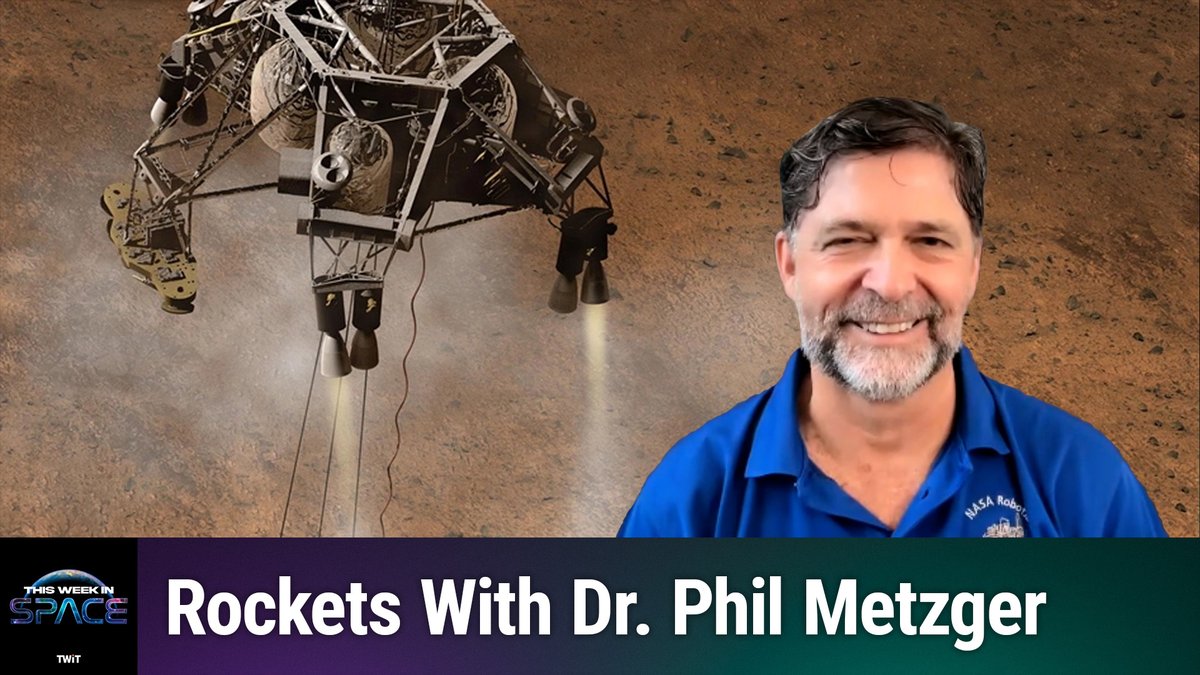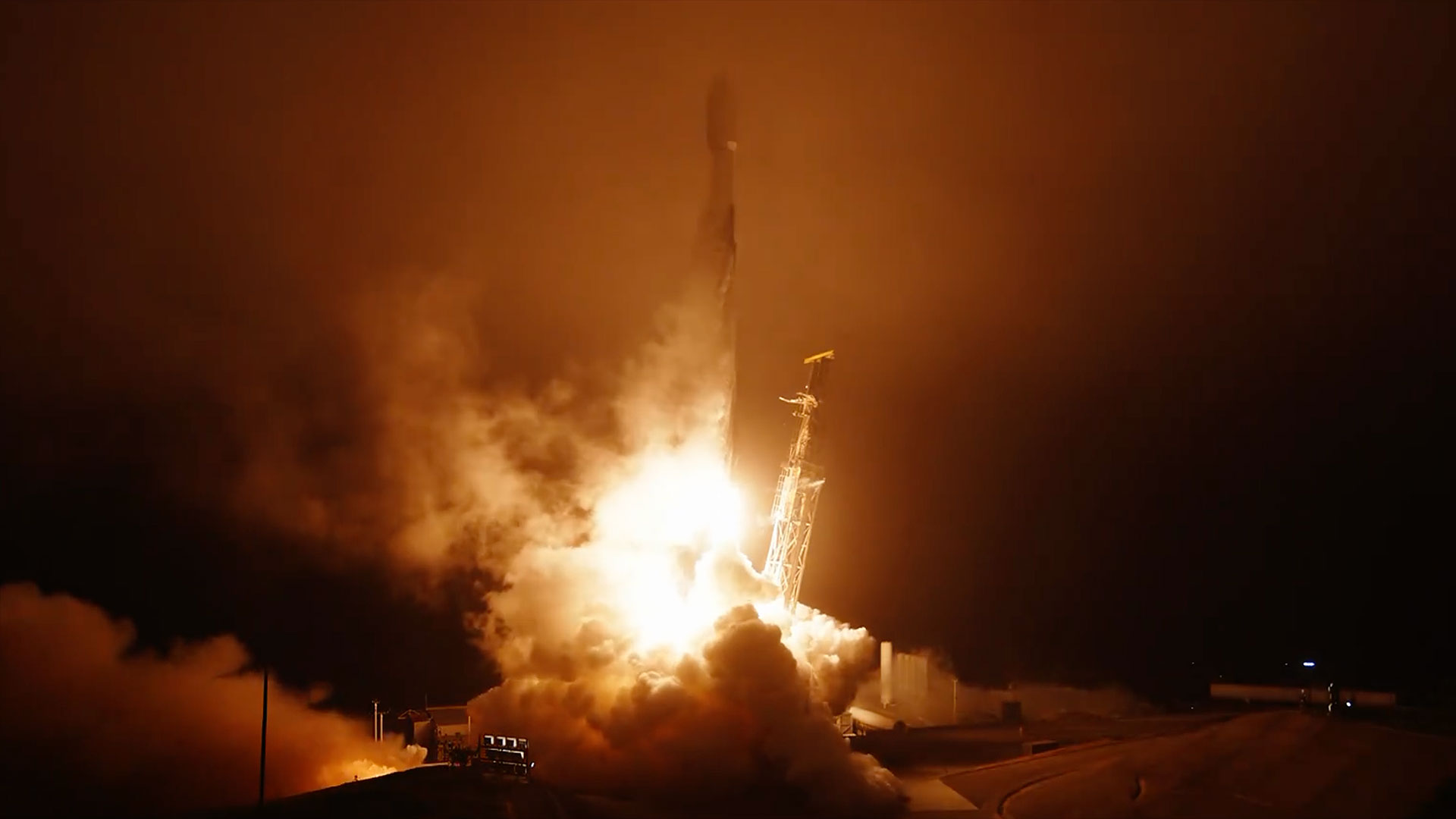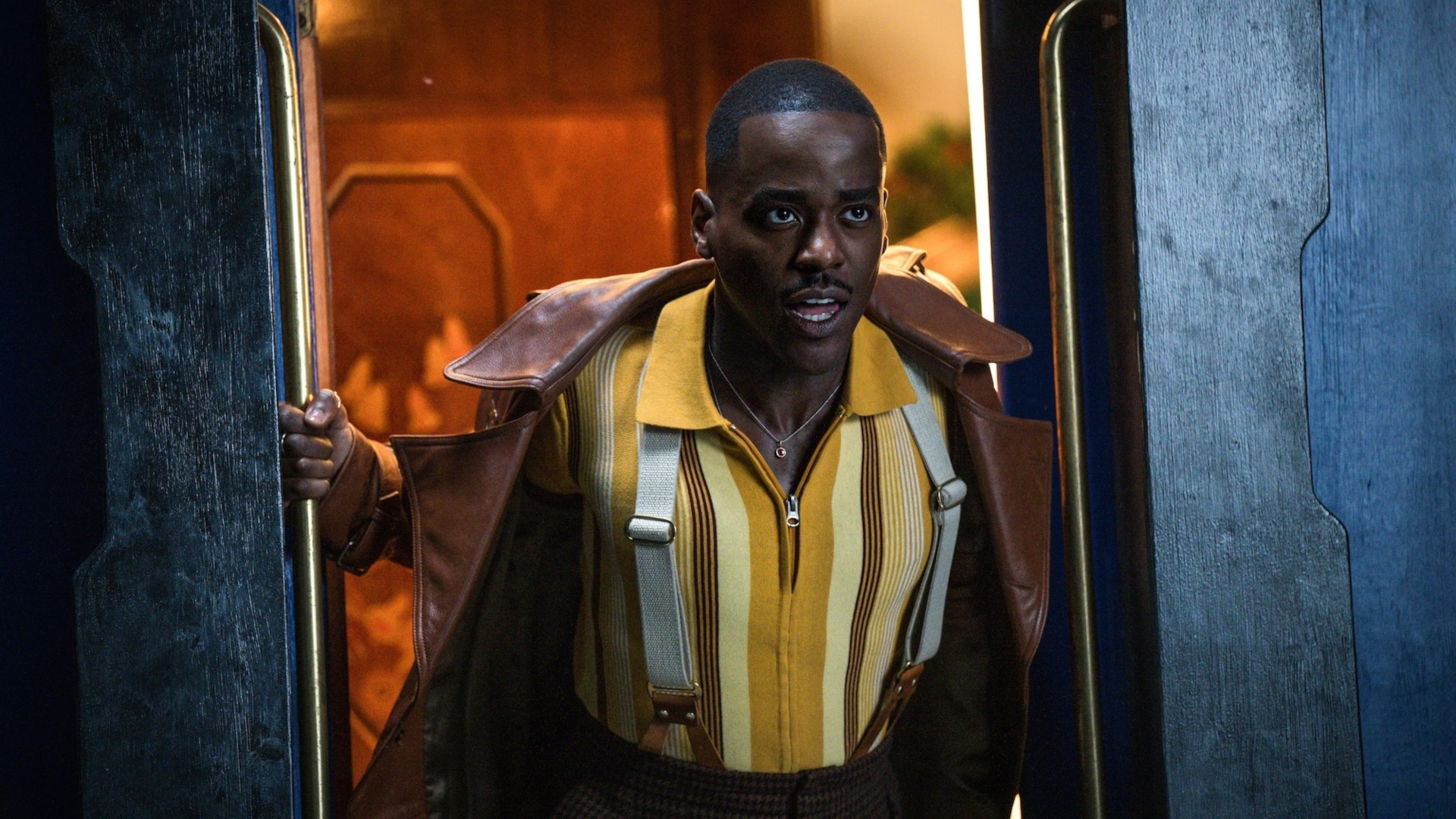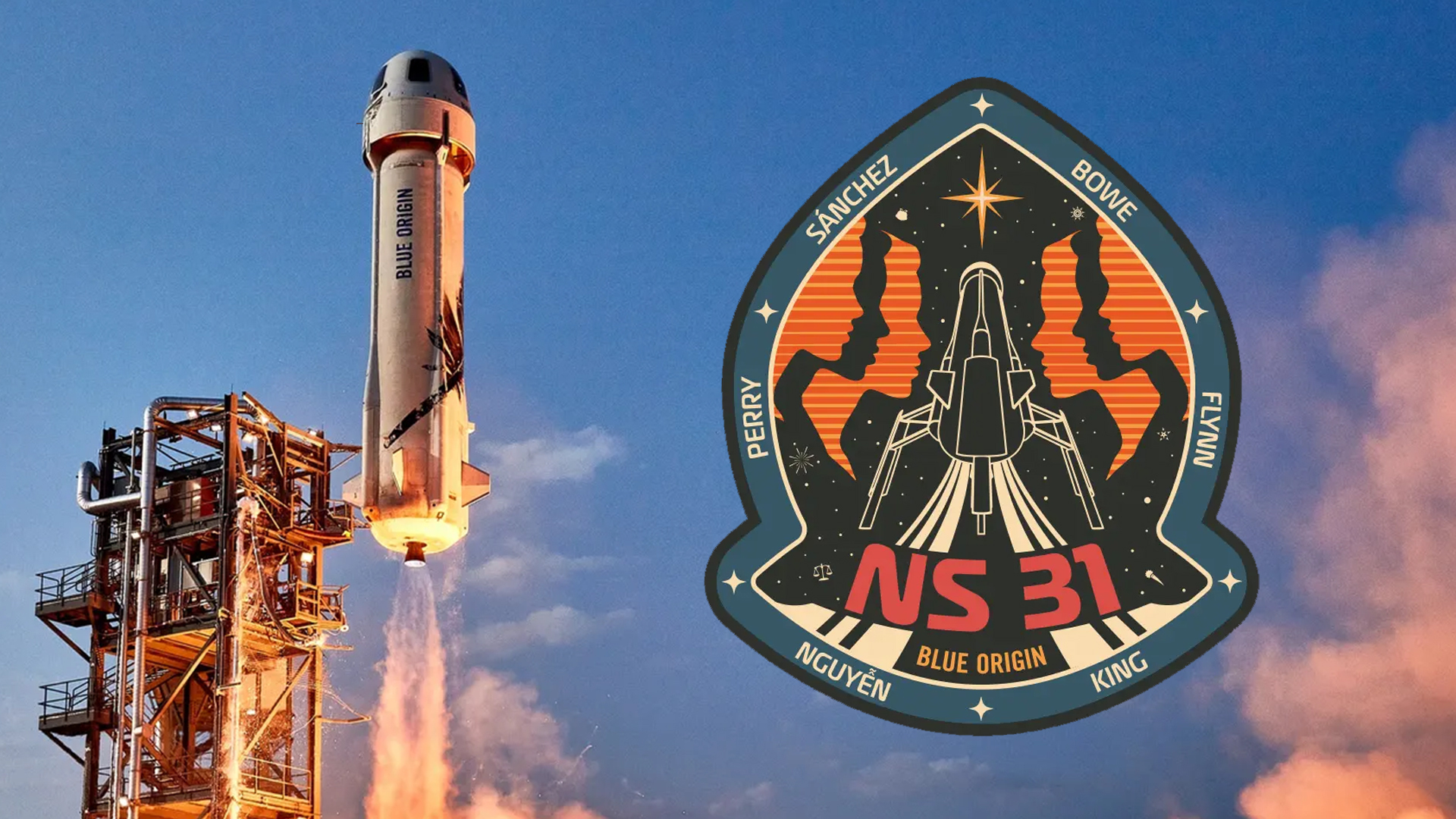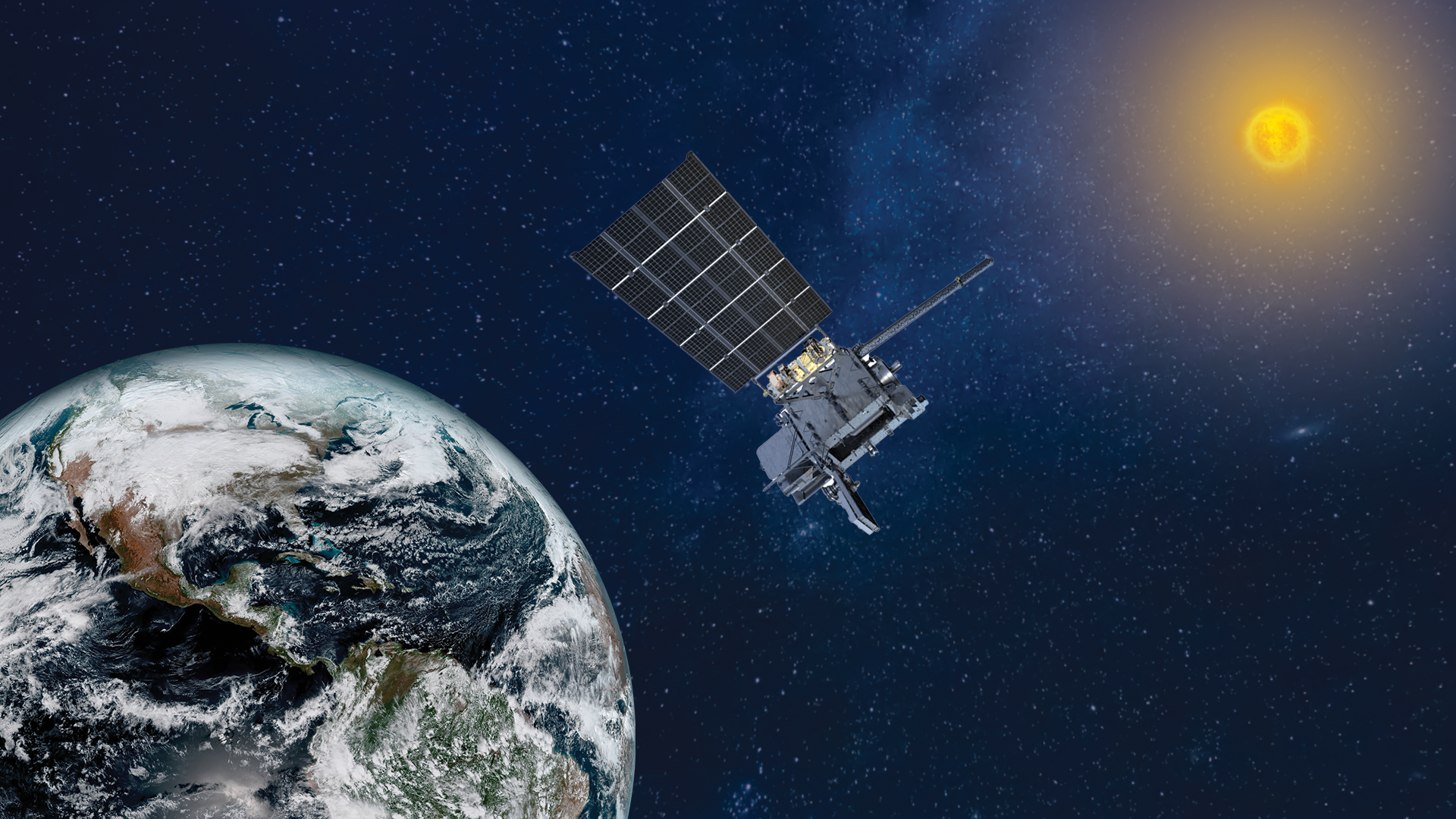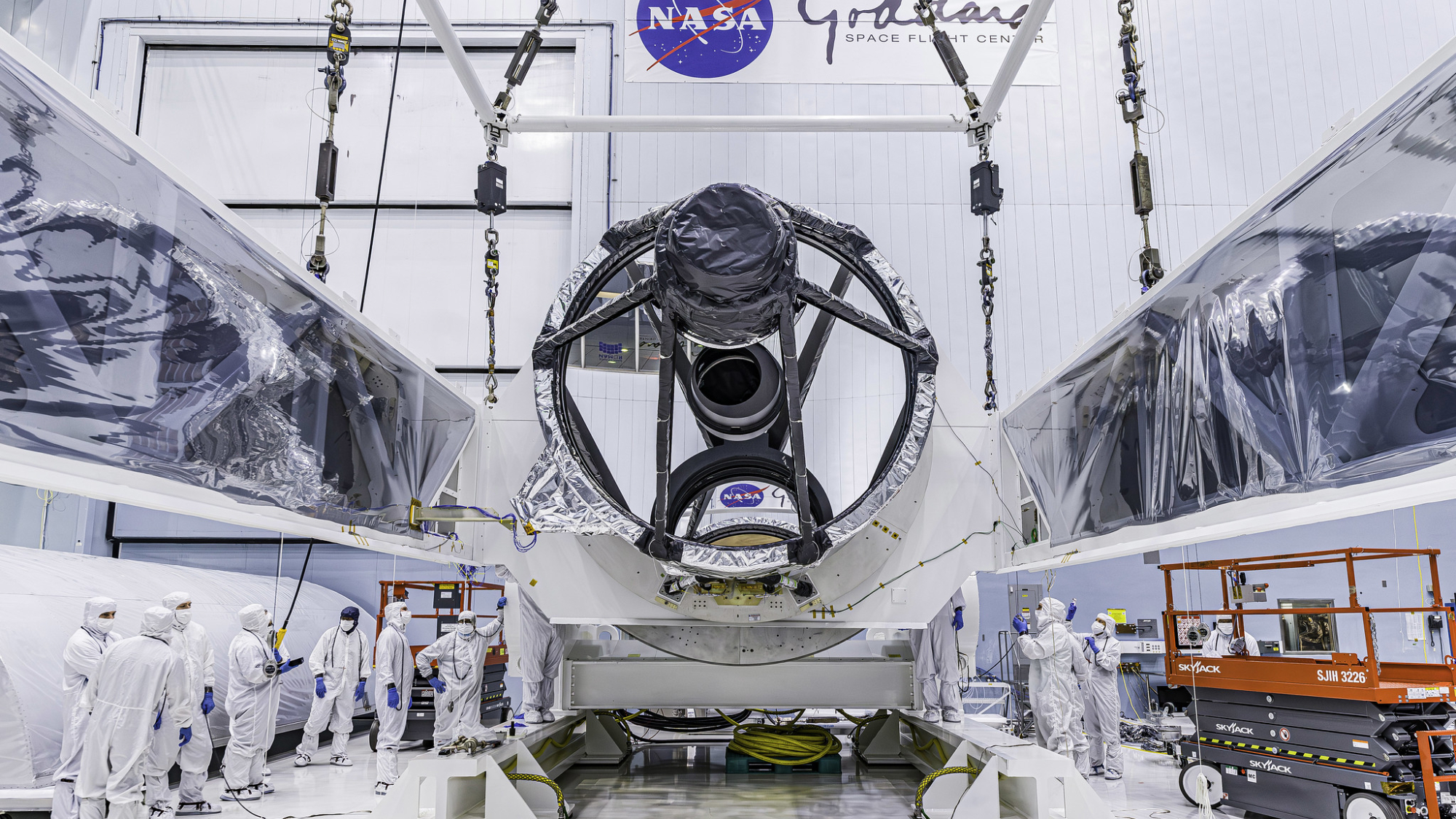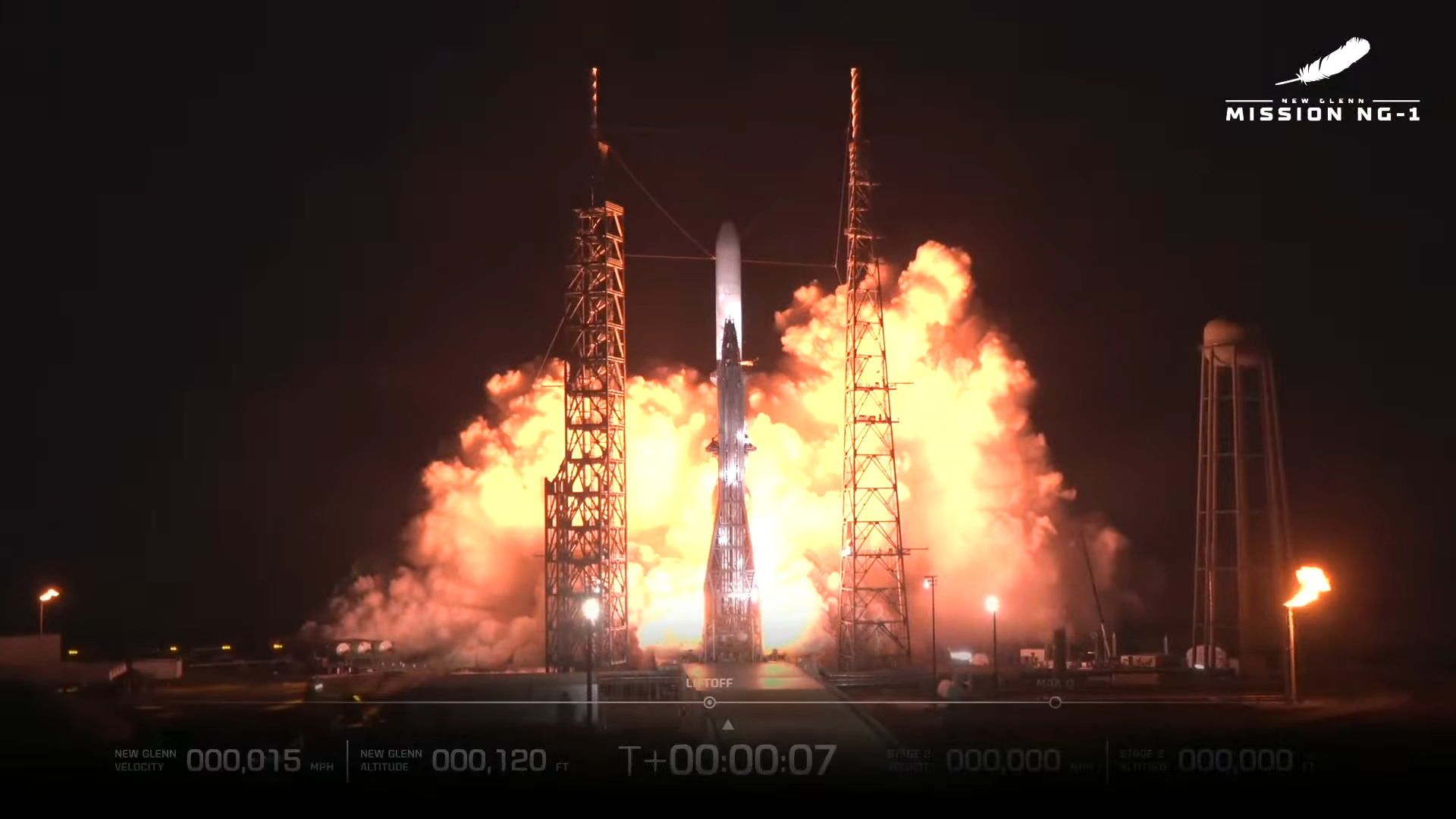
WASHINGTON, D.C. — The second launch of Blue Origin's huge New Glenn rocket could be just a few months away.
The 320-foot-tall (98-meter-tall) New Glenn lifted off for the first time on Jan. 16 from Florida's Space Coast. The test flight was a success; the rocket's upper stage successfully carried its payload, a test version of Blue Origin's new Blue Ring spacecraft platform, to Earth orbit.
A secondary objective didn’t go so well; New Glenn's first-stage booster failed to stick its landing on a ship at sea. (This was the expected outcome, the company had stressed; a successful touchdown on the debut flight would have been a pleasant surprise.) Blue Origin says it has homed in on the likely cause of the booster issue and plans to try again soon.
The booster's engines appeared to be performing well during the landing sequence, but "we weren't able to get everything right to the engine from the tanks. And so we think we understand what the issues are," Blue Origin CEO Dave Limp said during a talk on Wednesday (Feb. 12) here at the 27th Annual Commercial Space Conference.
He didn't identify those issues, describing them as "a combination of a couple of things." Blue Origin is making some changes to the second New Glenn booster to increase the chances of landing success, Limp added.
"The modifications are not complicated," he said. “I don't think it's going to delay our path to flight. I think we can still fly late spring.”
Related: Blue Origin: Everything you need to know about the private spaceflight company
Get the Space.com Newsletter
Breaking space news, the latest updates on rocket launches, skywatching events and more!
Blue Origin still hasn't announced what payload(s) will fly on New Glenn's second launch, and Limp said the company is "still looking for opportunities."
"If it came to it and we just had to fly a mass simulator, we'll fly a mass simulator," he said.
The company views the first three New Glenn launches as developmental flights, he added, but has commercial customers for the rocket from Flight 4 onward.
New Glenn, which has been in development for about a decade, can carry 50 tons (45 metric tons) of payload to low Earth orbit (LEO). Its 23-foot-wide (7 m) payload fairing — the shell that surrounds and protects satellites during launch — is larger than that of any operational rocket.
Join our Space Forums to keep talking space on the latest missions, night sky and more! And if you have a news tip, correction or comment, let us know at: community@space.com.

Michael Wall is a Senior Space Writer with Space.com and joined the team in 2010. He primarily covers exoplanets, spaceflight and military space, but has been known to dabble in the space art beat. His book about the search for alien life, "Out There," was published on Nov. 13, 2018. Before becoming a science writer, Michael worked as a herpetologist and wildlife biologist. He has a Ph.D. in evolutionary biology from the University of Sydney, Australia, a bachelor's degree from the University of Arizona, and a graduate certificate in science writing from the University of California, Santa Cruz. To find out what his latest project is, you can follow Michael on Twitter.


